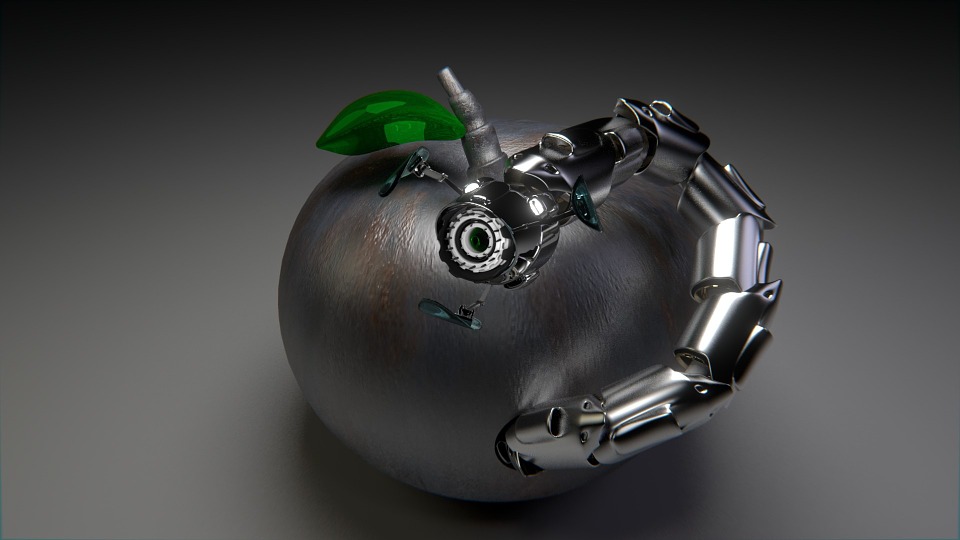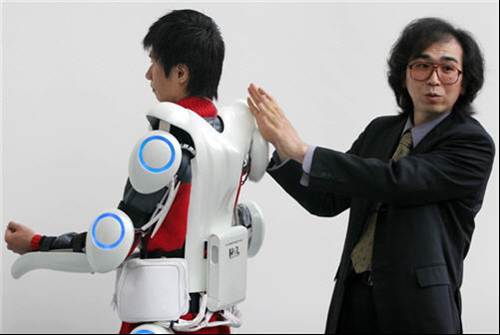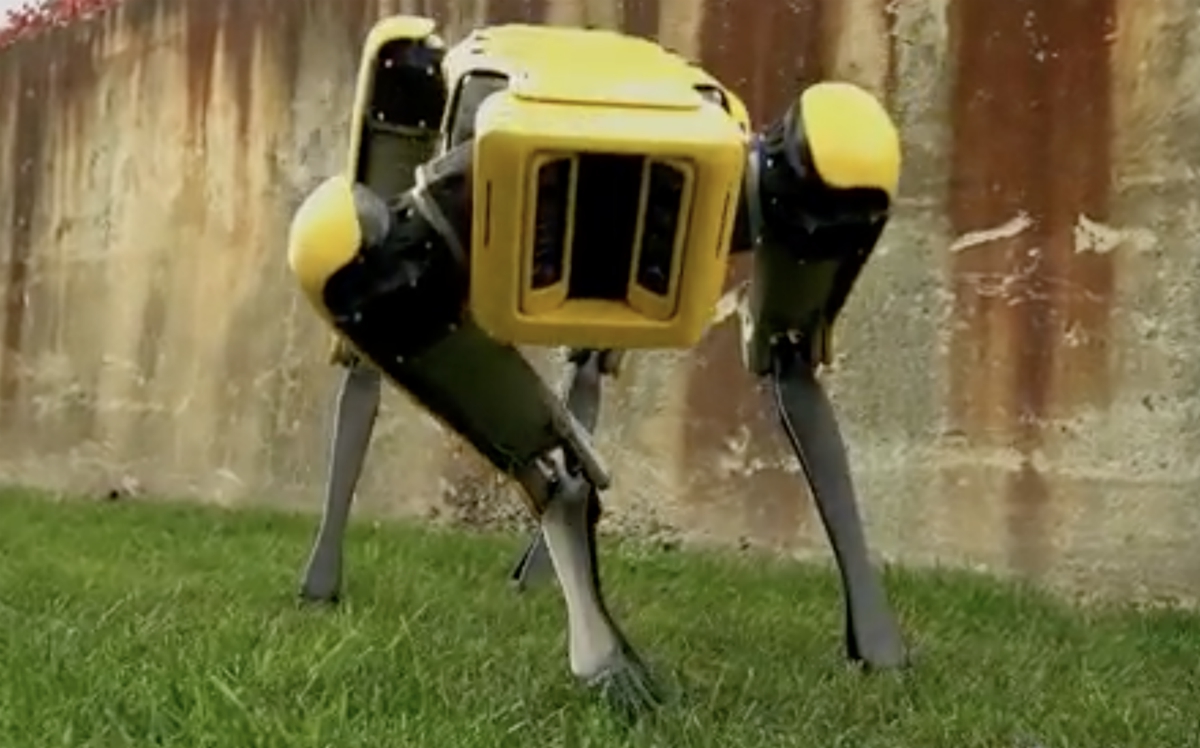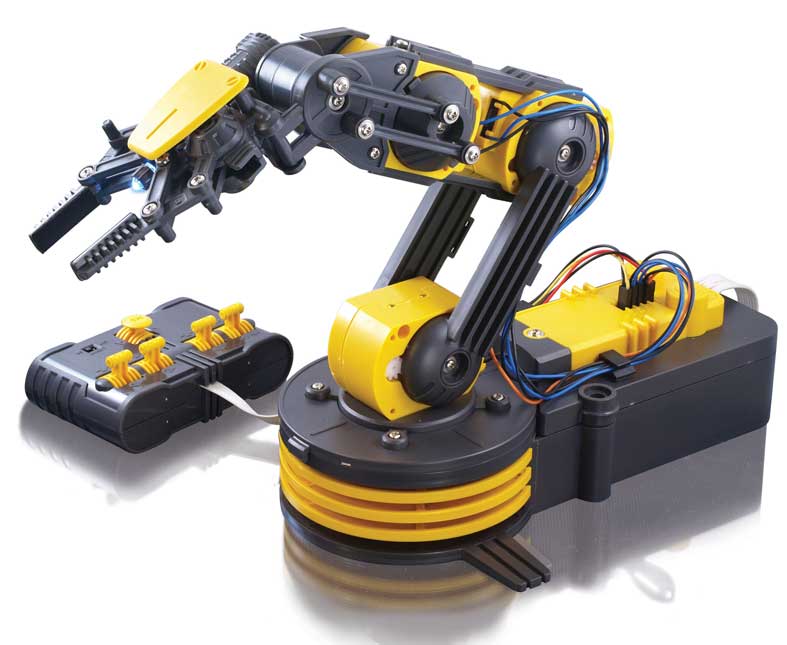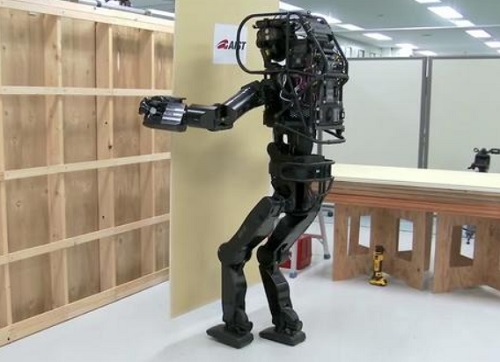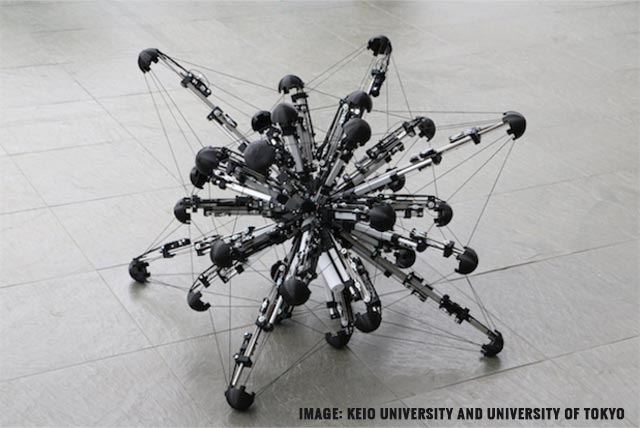MIT’s cyborg houseplant robot blurs the line between robotics and nature
02/16/2019 / By Edsel Cook

Roboticists seem to think humans are no longer capable of effectively caring for ordinary houseplants. So MIT researchers went ahead and built an autonomous indoor plant-caring robot that more or less takes care of the plant without any need for human intervention.
The Elowan robot is one of the many ongoing projects that uses artificial intelligence, robotics, and cutting-edge technology to perform the mundane task of growing a healthy plant. Other similar robots include HEXA, a six-legged insectoid robot that carries its cargo towards sources of bright lights, and Plantone, which waters and shines light upon five different plants.
Its creators at the MIT Media Lab claimed that they sought to establish clear lines of communications between a living organism and a mechanical device. The former will be a plant that signals its biological needs to the latter, a robot, which will respond by providing food, water, and other necessities.
Described as the latest iteration of technology-based indoor plant support, Elowan takes a leaf from the way plants try to get enough sunlight. The robot copies this natural means by stimulating the organism with the right electrical signals. (Related: First wireless insect-size robot takes flight.)
MIT researchers are creating hybrids of plants and robots
Elowan is the culmination of the Cyber Botany proposal written by MIT researcher Harpreet Sareen back in 2017. She and her partner Patti Maes envisioned a high-tech version of a traditional greenhouse, where AI-driven robots are used to manage the environment and make sure everything is optimized for the healthy growth of the plant.
“They [plants] are self-powered, self-fabricating, self-regenerating and active signal networks,” Sareen wrote in her paper. “They carry highly advanced systems to sense and respond to the environment.”
In Elowan, this is accomplished by installing electrodes in the leaves and stem of the indoor plant, as well as the soil itself. This network of nanosensors provides accurate and constant updates to the artificial intelligence regarding the state of the plant. The end result is a “techno-plant hybrid;” in other words, they designed and created a cybernetic organism.
Most tech-based indoor plant systems do not go this far with their robotics support. But Sareen and Maes talked about increasing the usefulness of plants by augmenting their natural ability with technology.
The researchers added that Elowan’s emerging technologies could lead to many uses in the future. Cyborg plants could be turned into sensors that keep watch over the health of human patients or the status of an environment, be it indoors or outdoors, natural or artificial. They dubbed these hybrid robotic plants as “organic interactive devices.”
Future iterations of cyborg plants will be able to print objects and serve as sensors
The next step for the MIT pair is to further fiddle with the abilities of plants to let them perform new jobs. The next wave of Elowan-enhanced cybernetic organisms will not just be able to keep track of their surroundings in real time; these robot plants may also be able to print structures.
Sareen indicated that her work proves how technology can unlock the capabilities of natural organisms, discover how the structure and parts enable those abilities and combine those organic abilities with electronic systems.
“But if nature has those capabilities such as of sensing (signals inside plants), response (plant movement, color change, leaves opening/closing, growth, etc.), then why not tap into those capabilities of what nature does best?” she asked in the scientific paper she wrote.
According to Sareen, the day will come when people will consider organic interactive devices to be an integral part of their nature as humans. Elowan-based cyborg plants will merely be the most common example.
Sources include:
Tagged Under: artificial intelligence, automation, autonomous robots, biohybrid robot, cyborg, future science, future tech, Plants, robotics, robotics and AI, sunlight, weird science

